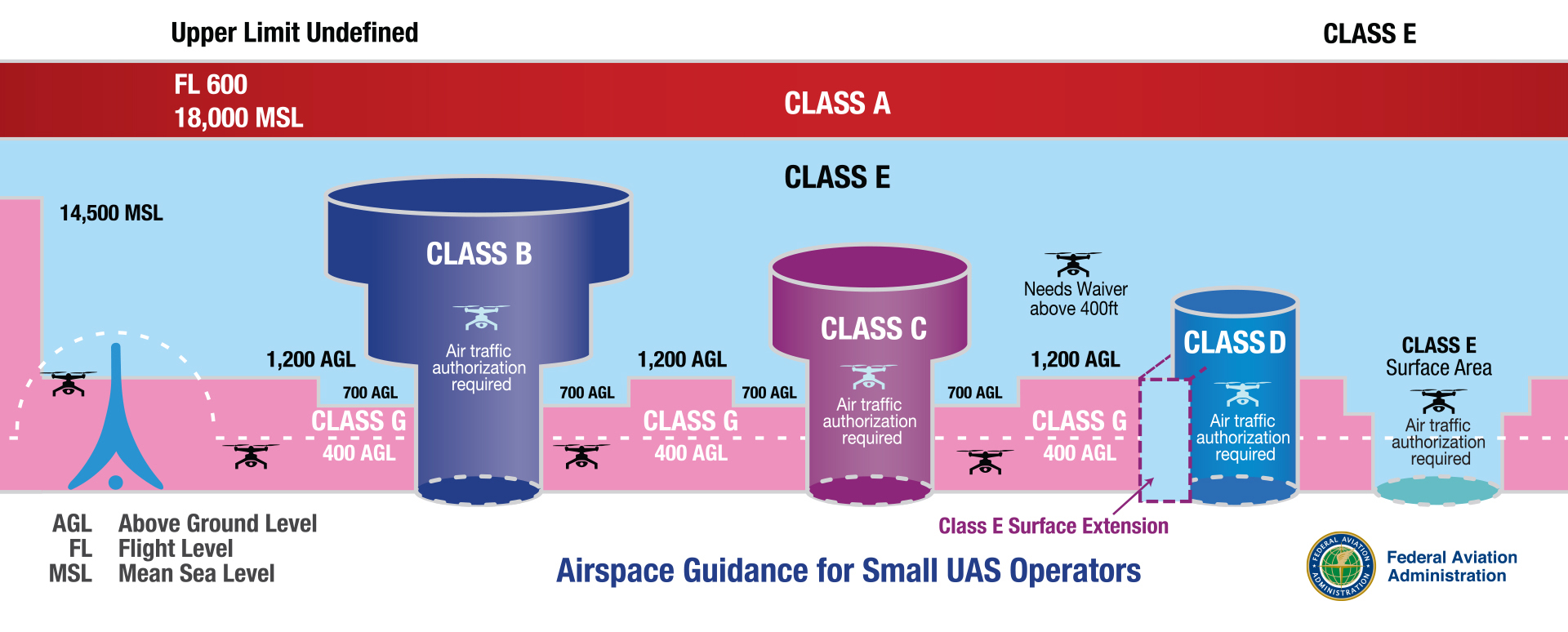How to Legally Fly a Drone in the US: Step-by-Step Guide
Flying drones legally in the United States involves navigating federal, state, and local regulations. Understanding these rules ensures you fly safely, avoid fines, and enjoy your drone without legal issues. This comprehensive guide covers federal compliance, drone registration, airspace rules, and how FPV Fish simplifies local law compliance.
Understanding Drone Laws: Federal, State, and Local Regulations
Drone operations in the U.S. are governed by multiple tiers of regulation:
- Federal Regulations: Managed by the Federal Aviation Administration (FAA), these set nationwide standards on drone operations, registration, and Remote ID.
- State Laws: States often regulate drone privacy, property rights, and specific use-case restrictions.
- County & Municipal Ordinances: Local jurisdictions may impose additional restrictions, especially regarding takeoff and landing sites. FPV Fish’s local drone laws database helps pilots instantly identify these local rules.
Federal Drone Compliance: What You Need to Know
Recreational Flyers
Recreational pilots must follow FAA’s Exception for Limited Recreational Operations, which includes passing the free online TRUST test and adhering to community-based organization (CBO) safety guidelines. To discover which category you fall into—recreational, commercial, or otherwise—use the FAA’s User Identification Tool. Additionally, recreational flyers can choose to follow safety practices from an FAA-recognized CBO; see the list of approved organizations.
Commercial Operators
If you fly for work or compensation, you operate under Part 107 of the FAA’s Small UAS Rule. This requires obtaining a Remote Pilot Certificate, passing a knowledge test, and meeting specific operating limitations (e.g., weight, altitude). Read more in our article about Commercial Drone Regulations.
International Visitors
Foreign-registered drones and non-U.S. pilots must secure a foreign aircraft permit at least 15 days before flying in U.S. airspace. If your home country lacks a registration requirement, contact the DOT Foreign Air Carrier Licensing Division for guidance.
Drone Registration & the TRUST Test
All drones weighing more than 0.55 lbs must be registered in FAADroneZone—under Part 48 for recreational flyers or Part 47 for larger UAS. Before flying recreationally, you must also complete the FAA’s Recreational UAS Safety Test (TRUST), which is free and available through approved test administrators.
Remote ID Compliance
As of September 16, 2023, most drones must broadcast Remote ID to operate in the National Airspace System. You can comply by flying a standard Remote ID drone, attaching a broadcast module, or staying within an FAA-Recognized Identification Area (FRIA).
Where Can You Fly Your Drone?
Navigating Federal Airspace
FAA airspace classes (A, B, C, D, E, G) dictate drone flight permissions. Most drone operations occur in uncontrolled Class G airspace, limited to 400 ft AGL. Controlled airspace requires prior authorization through systems like LAANC.

Local Regulations: Knowing the Rules
Local jurisdictions often regulate drone takeoffs and landings near public parks, schools, and critical infrastructure. Our drone laws database makes it easy to check the rules for specific locations.
Tools for Situational Awareness
- B4UFLY App: The FAA’s free mobile app shows where you can and cannot fly in real time.
- LAANC: Part 107 operators can request automated authorizations to fly in controlled airspace via approved UAS Service Suppliers.
Conclusion
Flying a drone legally in the U.S. involves understanding and complying with layered regulations. Use resources like FPV Fish and FAA tools to ensure every flight is safe, legal, and enjoyable.